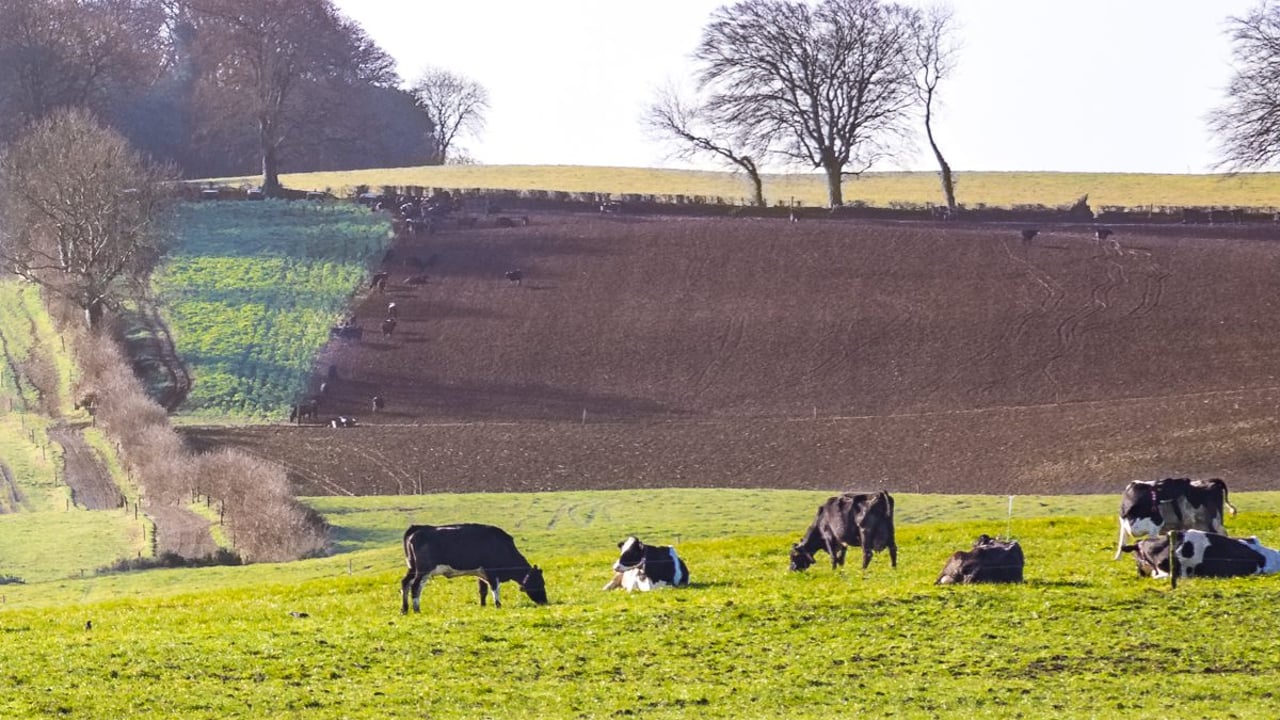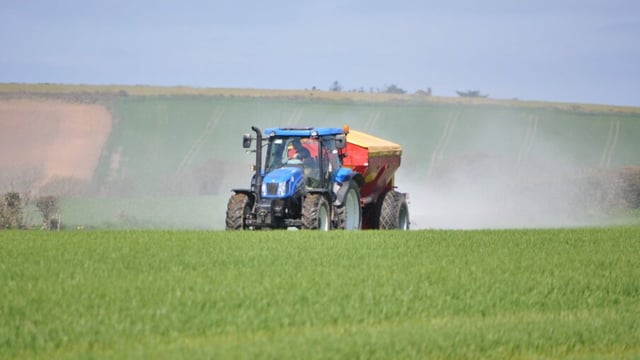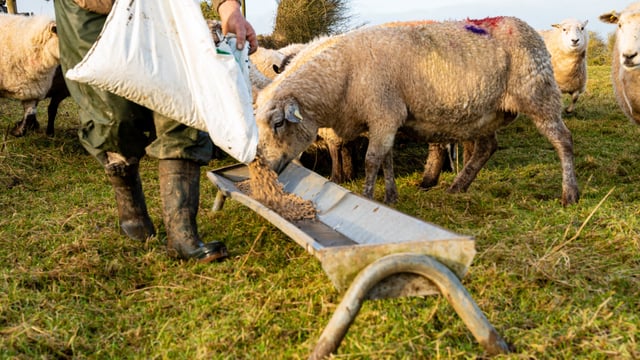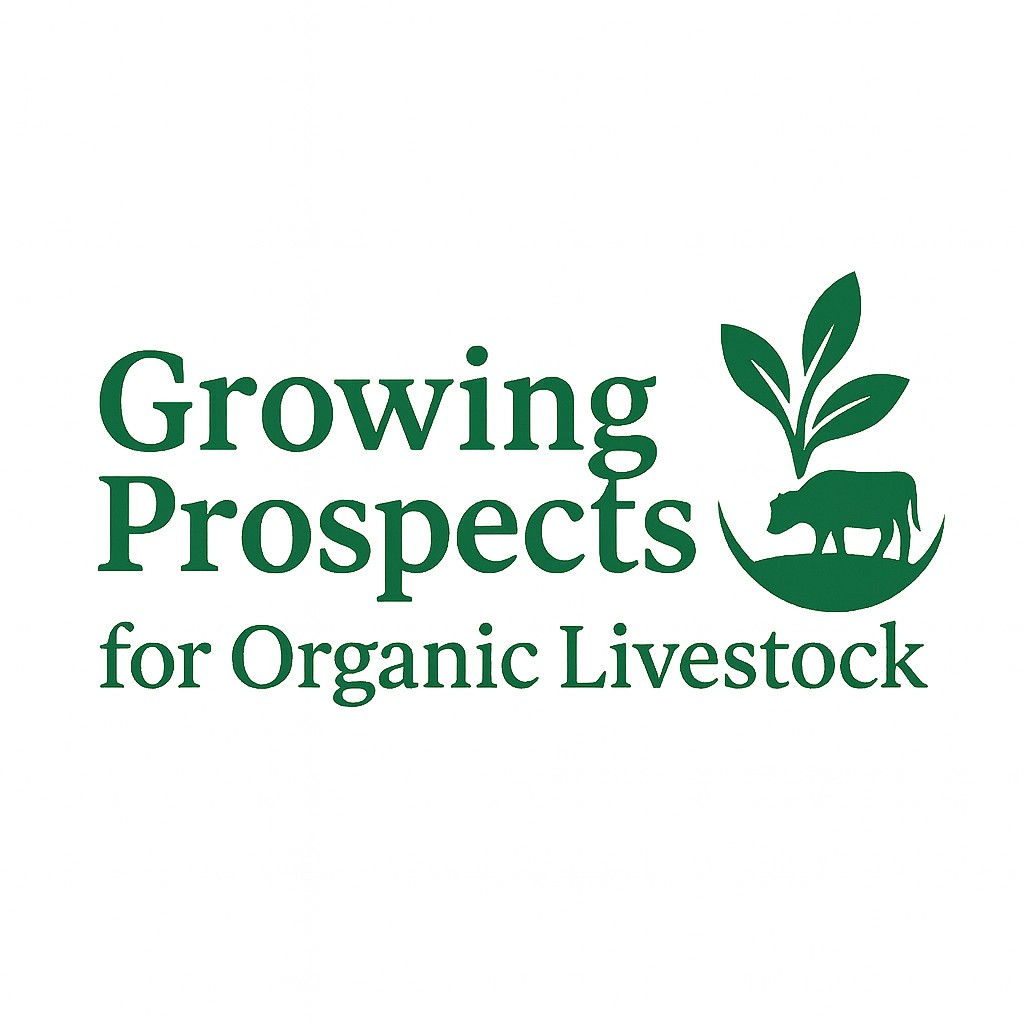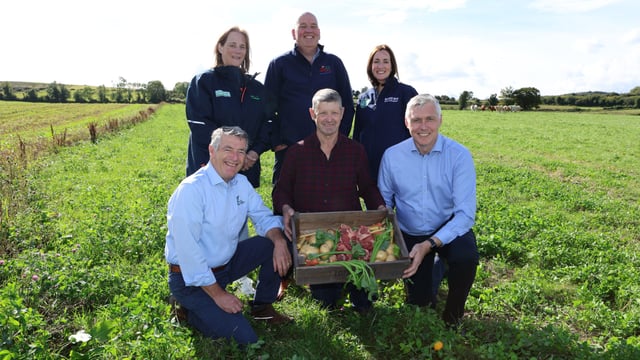Agri-Food 2030: What climate measures are in store?
Ireland's new Agri-Food Strategy to 2030 was published at the end of last week, shedding light on how Irish farming will look over the coming years.
The strategy is divided into four 'missions'. These are:
While we have already covered some of the aspects of 'Mission 2', 'Mission 1' is set to be an equally important part of this strategy, and a more significant part of this new strategy than previous ones.
Mission 1 is sub-divided into seven 'goals'. These are:
Mission 1 has several key targets, which include: Making progress on a climate neutral agri-food sector by 2050; cutting nutrient losses to water by 50% by 2030; having 10% of farmed area prioritised for biodiversity by 2030; and reducing ammonia emissions below 107,500t by 2030.
In terms of the first of these - making headway on 2050 targets - this progress will be measured in a number of ways that are relevant to farmers.
These signposts towards 2050 targets include: biogenic methane reduction of 10% by 2030; annual chemical nitrogen (N) not to exceed 325,000t by 2030; nitrous oxide emissions from fertilizer to be cut in half by 2030; genotyping the entire national herd; and having 90% of all slurry spreading done by low-emission equipment.
As well as that, the strategy aims to increase the number of dairy herd milk recording to 90% and the number of beef herd weight recording to 70%.
Other key targets and actions outlined in the strategy include:

